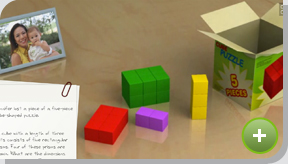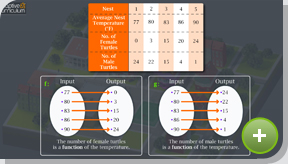The STEM classroom
"Technology can be a powerful driving force for innovation in education, by improving the quality of instructional materials available to teachers and students. Realizing the benefits of technology for K-12 education, however, will require active investments in research and development to create well-designed and validated examples of comprehensive, integrated "deeply digital" instructional materials."
(PCAST, 2010)
Creating a STEM classroom
STEM education is an interdisciplinary approach, blending four disciplines (Science, Technology, Engineering, and Mathematics) into one cohesive learning and teaching paradigm.
STEM education focuses on real-world scenarios.
A STEM classroom promotes:
- Integrated learning
- Investigation
- Questioning
- It places an emphasis on design and problem solving
- Blends the disciplines through challenge-based learning
Students conduct original research, collaborate and use technology to:
- Design hypotheses
- Analyze data
- Propose solutions
- Communicate their findings to their peers, collaborative partners, and the community
Adaptive Curriculum activities engage learners in the exploration of math and science concepts needed to build viable solutions through dynamic, interactive learning.
Students are motivated to:
- Explore
- Make hypotheses
- Manipulate items
- See the impact of their decisions
- Analyze data
With Adaptive Curriculum, students acquire core mastery through active participation in an immersive, differentiated and exciting learning environment that provides real-time feedback and assessment.



